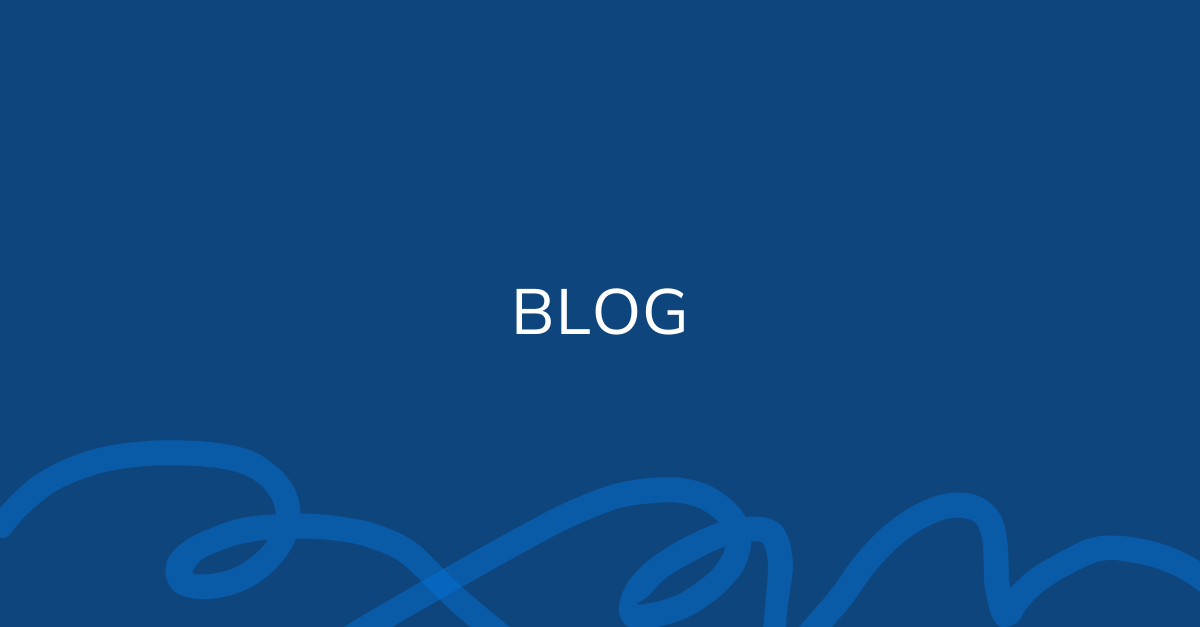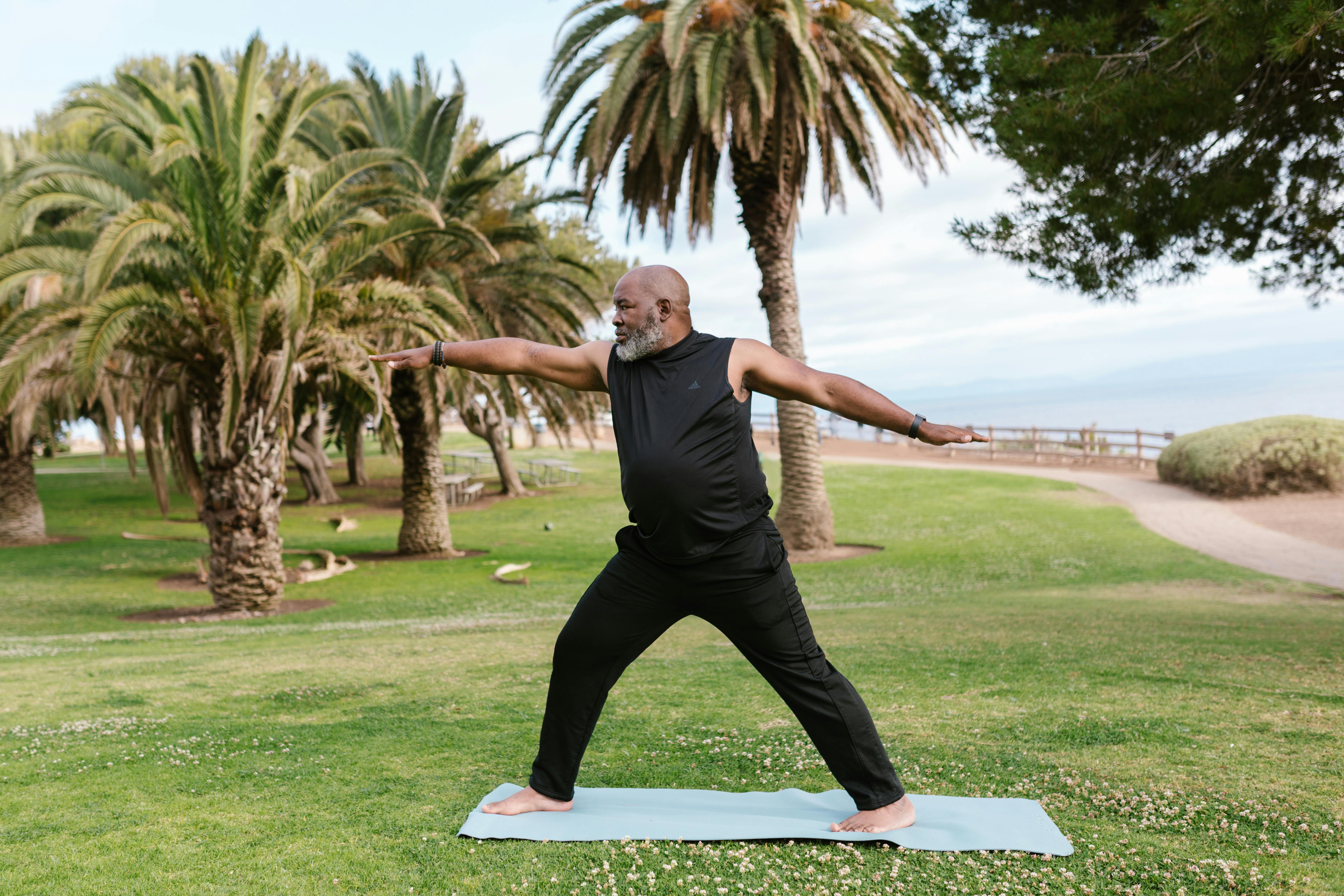
Falls pose a serious threat to seniors, with 1 in 4 adults over 65 experiencing a fall each year. This isn't merely a statistic; it represents a grave issue leading to injuries, hospitalizations, loss of independence, and, tragically, death. Indeed,the National Council on Aging (NCOA) has reported falls have become the leading cause of injury-related fatalities among older adults in the U.S.
That stark reality comes from a recent article published by UCHealth, which explores the scope of the issue and why so many falls are still happening despite our best intentions (read it here).
Several factors increase the risk of falls as we age, including chronic pain, impaired vision, and conditions like dementia, among others.
The problem is that fall risk is hard to assess, and even harder to catch early—before something goes wrong. Most fall prevention strategies still rely on periodic observations, checklists, and self-reporting. But falls don’t happen during check-ins. They happen in real life.
“There are things we can do to intervene and drastically reduce falls,” Dr. Laura Longwell, UCHealth Primary Care Clinic – Rockrimmon
And that’s exactly where OneStep comes in.
Subtle changes in gait, including balance, variability, and stride timing, are key early indicators of fall risk. In the UCHealth article, Dr. Longwell may observe patients for visual cues such as difficulty with balance, standing up or sitting down, or turning without losing equilibrium. These observations, followed by a simple inquiry about any noticed issues, can provide significant insights into a patient's fall risk.
Until recently, those changes were difficult (and expensive) to measure outside of a clinic.
OneStep analyzes real-time gait and mobility data to calculate a Fall Risk score, to identify specific issues, and even suggest next steps—all from a walk around the hallway. No extra devices. No special training. Just powerful insights from everyday movement. And the best part, it also provides for passive monitoring, when no one may be watching, that offers additional insights for the clinician.

OneStep brings continuous fall risk monitoring to your residents' everyday lives—empowering your team with the insight to act before something goes wrong. It’s not just about preventing falls. It’s about delivering care that’s proactive, data-driven, and deeply human.
Because the best time to treat a fall…
is before it happens.
Discover how it works at onestep.co/solutions/senior-living